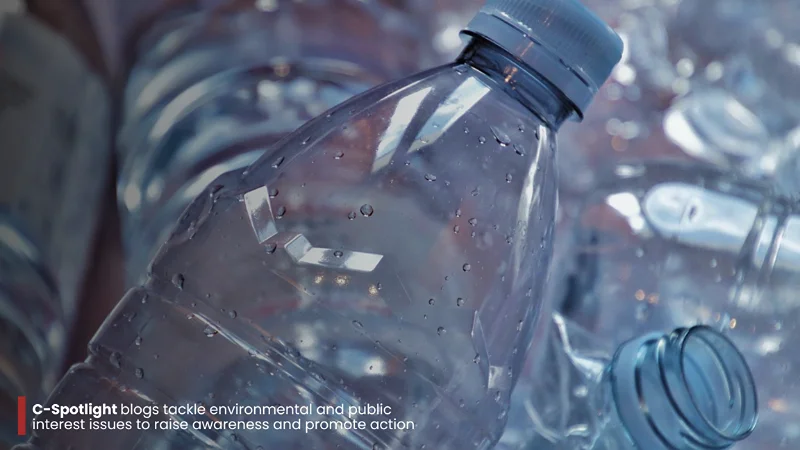The truth about plastics – Is it really recyclable?
By: Patrick Philbert Bugarin

Image by Julita from Pixabay
Our world’s changing fast. Thanks to all the new tech and innovations, life looks a lot different than it did just a few decades ago. We've got smartphones, online, everything and instant services that make life easier.
But with all the good stuff that technology brings, there are also some serious downsides. One of the biggest problems is plastic waste. It’s everywhere, and it’s a huge environmental headache.
Plastics were once celebrated for their durability, cheapness, and versatility. Corporation giants use plastics for lots of things: food packaging, bottles, bags, and even in construction and cars.
But as plastic production continues to increase, we're realizing it’s a lot harder to get rid of them than we thought. Plastics don’t break down easily, and they cannot be recycled as well as we thought.
Its impact on the environment and wildlife is getting harder to ignore. Studies show that plastic can take hundreds of years to break down, and even when it does, it releases harmful chemicals into the soil and water. It’s also really bad for animals, especially marine life, who mistake plastic for food and end up eating it.
For a long time, I didn’t think much about how plastic waste was affecting the world around me. I was pretty indifferent to the whole thing. Whenever I was going through a rough time emotionally, dealing with school stress, family relations, and just general life struggles, I would vent by grabbing junk food and sugary drinks, which, of course, came in plastic bottles and bags.
I would even feel good about myself for being “eco-friendly” whenever I buy food with those arrows purporting to be a “recyclable” logo. Turns out, I was scammed.
The Problem with Plastic Waste
Here’s the thing: plastic is made from petrochemicals, and while it’s useful in so many ways, it doesn’t break down quickly. According to the National Research Council of the Philippines, Plastics like polyethylene, polypropylene, and polystyrene are in just about everything from your shampoo bottle to your food packaging. In the Philippines alone, over 163 million plastic sachet packaging is used in a day—that’s a lot of plastic packaging.
But here’s where it gets scary: plastic takes hundreds of years to decompose. According to Earth.org, plastic just piles up. It ends up in our landfills, on the streets, and—most dangerously—in our oceans.
Studies show that the Philippines is one of the biggest contributors to ocean plastic pollution, responsible for a huge chunk of the plastic waste floating around in the sea.
Once plastic enters the ocean, it breaks down into tiny pieces called microplastics. These tiny particles are so small that marine creatures often mistake them for food, and when animals ingest them, they can end up dying or being severely harmed. And guess what? We’re eating some of that seafood, so the plastic ends up back in our bodies too.
The truth behind recycling
As I said earlier, these “recyclable” logos at the back of the plastic packaging makes me feel good about myself. It makes me think that I am helping mother earth reduce pollution. Or so I thought.
You see, not all plastics are recyclable, and even the ones that can be recycled often get contaminated or broken down into lower-quality materials.
According to Stratbase ADR Institute, recycling also isn’t cheap. There are high costs involved in collecting, sorting, and processing all the plastic waste. In fact, in the Philippines, we only have a small number of recycling facilities which process THOUSANDS of tons of plastic.
Moreover, according to Sustainability Solutions Exchange, only about 9% of plastic actually gets recycled. So, the solution isn’t about recycling—it’s about reducing how much plastic is produced in the first place.
Conclusion: Small Changes, Big Impact
At the end of the day, while we, as individuals, can start with small steps by avoiding single-use plastics, corporations have the bigger shoes to fill in. In fact, I would like to believe that it starts with them.
Plastic production should be decreased. There are other environmental-friendly packaging materials that can be utilized aside from plastic. Government units can also step in by implementing related ordinances or introducing small-scale recycling facilities.
In my opinion, the Philippines still has a long way to go. But with more awareness and a push for better recycling systems, we can turn the tide.
